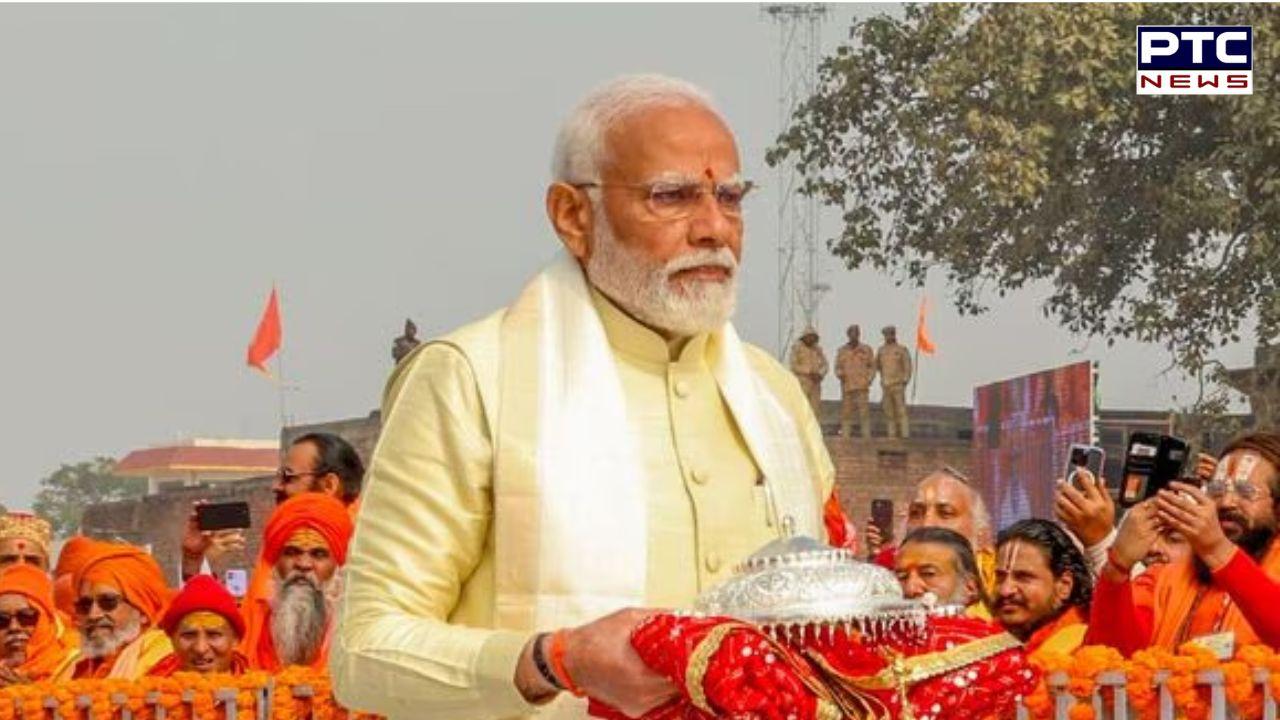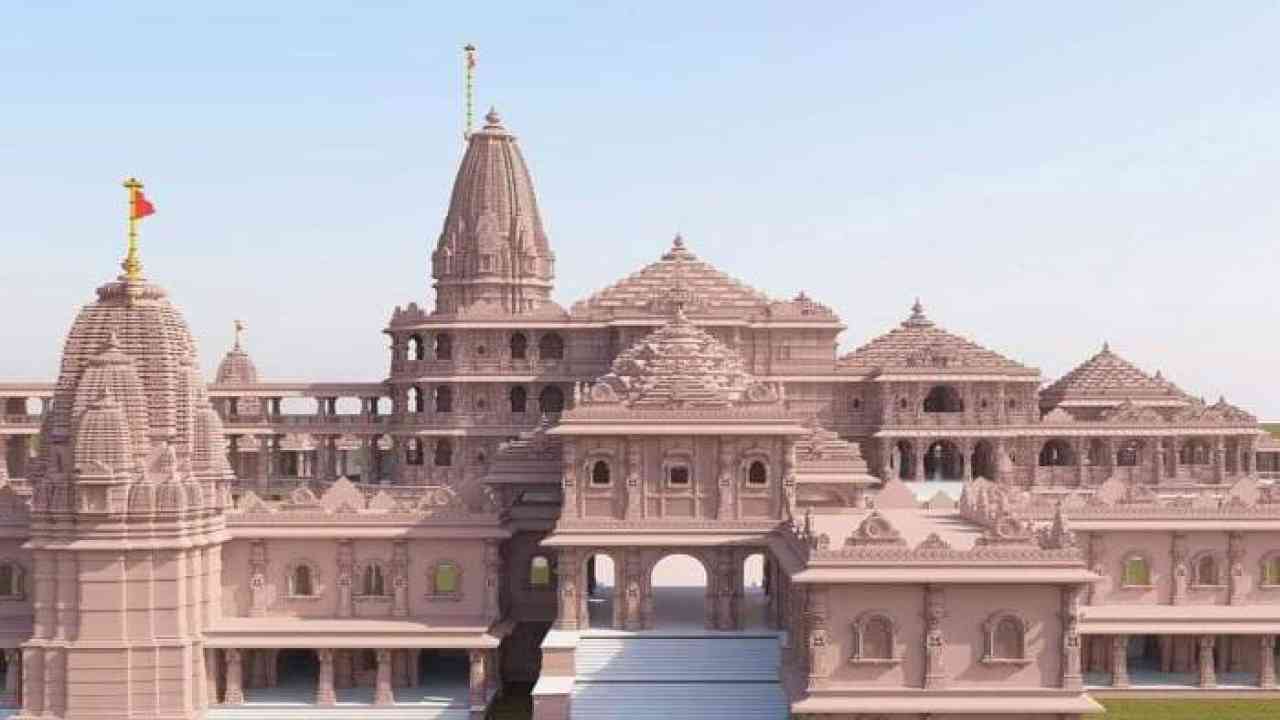

'Jo Ram ko Laye Hain, Hum Unko Layenge': Why BJP's campaign slogan falls short in Ayodhya
PTC Web Desk: In an election marked by unexpected turns and significant defeats, the Bharatiya Janata Party (BJP) suffered one of its most humbling losses in Uttar Pradesh, losing the Ayodhya Lok Sabha seat to the Samajwadi Party (SP). The defeat in Ayodhya, a constituency of immense symbolic and political importance to the BJP, signals a shift in the political dynamics of the region and perhaps a broader message from the electorate.
Ayodhya has long been a bastion of the BJP’s political narrative, heavily tied to the party's identity through the Ram Janmabhoomi movement. The slogan "Jo Ram ko Laye Hain, Hum Unko Layenge" (We will bring back to power those who have brought Lord Rama home) encapsulated the BJP’s campaign strategy. The completion and consecration of the Ram Temple were central to this narrative, with Prime Minister Narendra Modi himself taking part in the consecration ceremony earlier this year. The BJP leveraged this event to bolster its electoral prospects, expecting a significant boost from the temple's symbolism and the development initiatives in Ayodhya under its regime.
Despite these efforts, BJP’s candidate Lallu Singh was defeated by SP’s Awadhesh Prasad by a margin of 48,104 votes. Prasad, an MLA from Milkipur within the Ayodhya constituency, represented a strategic choice for the SP. His Pasi (Dalit) community background and clean image probably resonated with a broad section of voters, particularly in a region where caste dynamics are pivotal.
The BJP’s miscalculation, as revealed by the election results, lay in its over-reliance on the Ram Temple narrative and the assumption that this alone would secure victory. The party underestimated the electorate's desire for more substantial and relatable representation. The discontent with Lallu Singh, who was perceived as out of touch with the constituency's needs, further compounded the BJP’s woes.
The Ayodhya result underscores the significance of caste equations in Uttar Pradesh politics. The SP’s decision to field a candidate from the Pasi community, which has a substantial presence in the constituency, was a masterstroke. It reflects a broader trend where voters are increasingly looking beyond grand narratives and focusing on candidates who address their immediate socio-economic concerns.
The BJP’s loss in Ayodhya can also be seen as a reflection of the electorate's nuanced understanding of development. While the Ram Temple holds symbolic importance, the voters of Ayodhya demanded more than just symbolic gestures. They sought genuine engagement and tangible improvements in their day-to-day lives, which they felt were lacking under Lallu Singh’s tenure.

A Wake-Up Call for the BJP
This defeat should serve as a wake-up call for the BJP. The party’s over-reliance on religious symbolism and high-profile endorsements from its top leaders failed to resonate as strongly as expected. The electorate’s priorities are shifting towards more immediate and practical issues, such as local development, governance, and the effectiveness of their representatives.
Moreover, the BJP’s inability to address the local dissatisfaction with Lallu Singh points to a disconnect between the party’s central leadership and grassroots realities. Modi’s roadshow in Ayodhya on May 5 was an attempt to reignite the fervour from the consecration ceremony, but it appears to have been too little, too late.
policies.
For the SP, the victory in Ayodhya represents a significant triumph and a validation of its strategy to focus on local issues and caste dynamics. It demonstrates that with the right candidate and campaign strategy, it is possible to challenge even the most entrenched political narratives.
.
- With inputs from agencies
